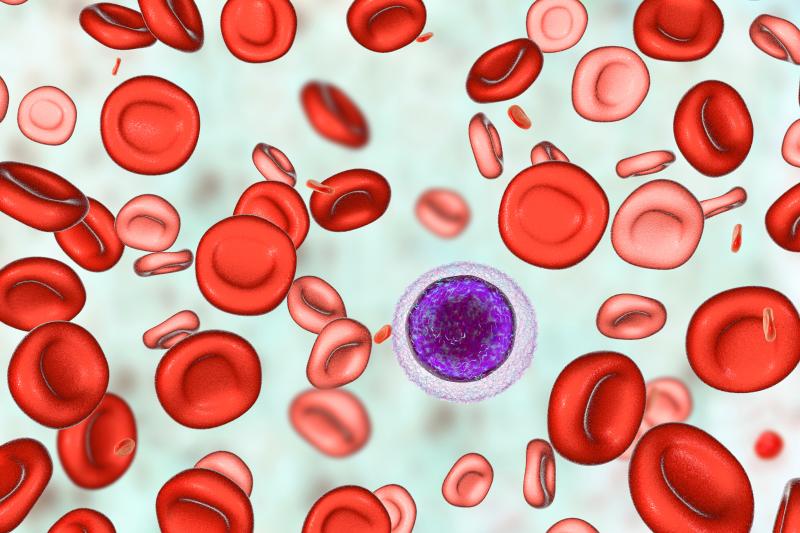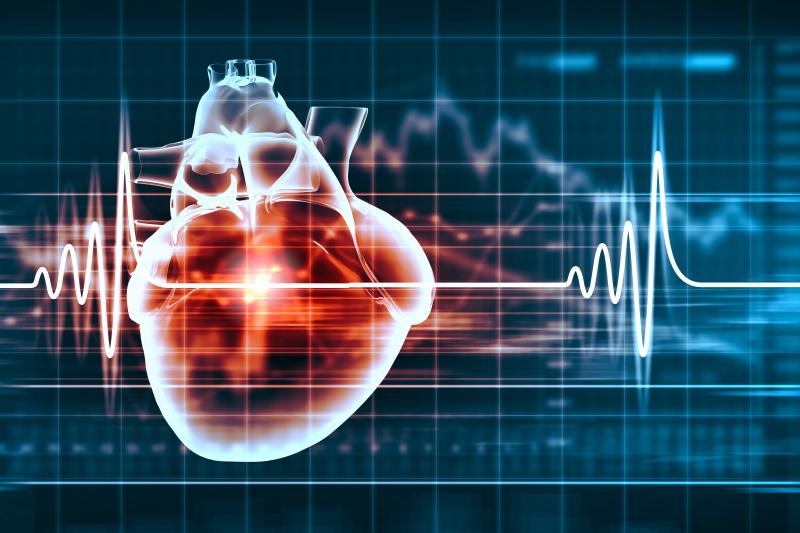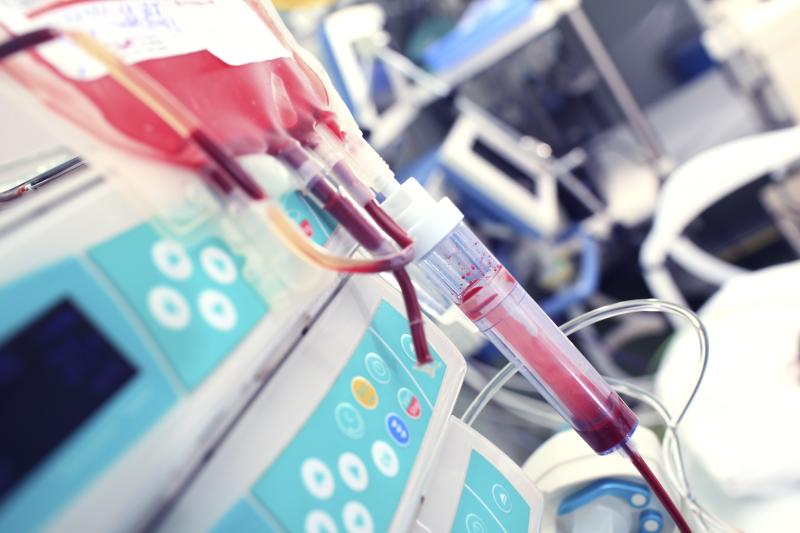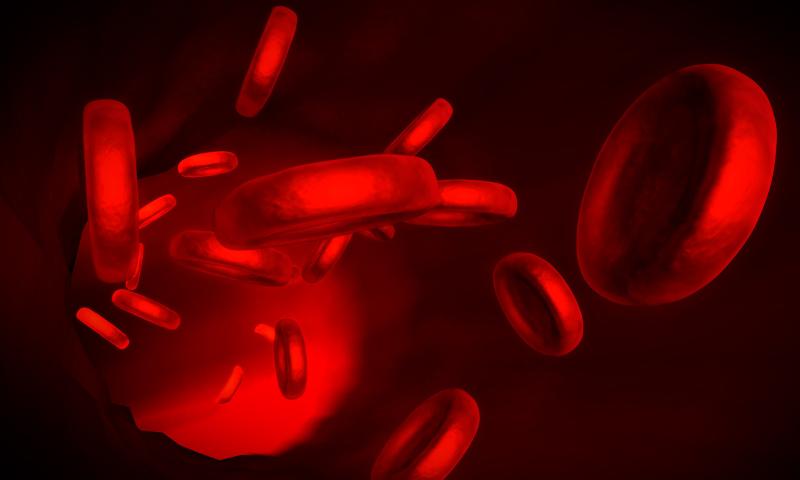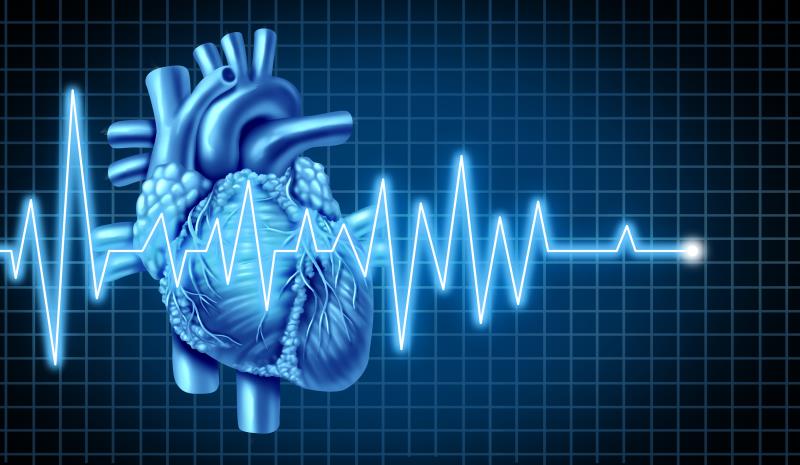Content:
Tổng quan
Nội dung của trang này:
Tổng quan
Tiền sử và khám thực thể
Chẩn đoán
Điều trị
Nội dung của trang này:
Tổng quan
Tiền sử và khám thực thể
Chẩn đoán
Điều trị
Tổng quan
Thiếu máu là tình trạng máu có số lượng các tế bào hồng cầu (RBC), hemoglobin (sắc tố vận chuyển oxy trong máu toàn phần) hoặc hematocrit (tỷ lệ tế bào hồng cầu còn nguyên vẹn trong máu) thấp làm cho máu không đủ để đáp ứng các nhu cầu sinh lý của cơ thể như đã được định nghĩa trong phần Giới thiệu. Phần này cũng nêu định nghĩa về thiếu máu của Tổ chức Y tế Thế giới (WHO). Thiếu máu thiếu sắt là thiếu máu do lượng sắt dự trữ trong cơ thể thấp như được đề cập trong phần này.
Có đến một phần ba dân số thế giới bị thiếu máu, trong đó khoảng một nửa các trường hợp do thiếu sắt. Phần thảo luận chi tiết về tỷ lệ mắc và tần suất mắc bệnh được trình bày trong phần Dịch tễ học.
Sự phát triển và tốc độ tiến triển của bệnh thiếu máu thiếu sắt phụ thuộc vào lượng sắt dự trữ của mỗi cá nhân, vốn phụ thuộc vào tuổi tác, giới tính, tốc độ phát triển và sự cân bằng giữa lượng sắt được hấp thu và lượng sắt mất đi. Các yếu tố và tác dụng này được thảo luận sâu hơn trong phần Sinh lý bệnh.
Trong phần Nguyên nhân, các nguyên nhân gây thiếu máu và thiếu máu do thiếu sắt được liệt kê và bàn luận.
Có đến một phần ba dân số thế giới bị thiếu máu, trong đó khoảng một nửa các trường hợp do thiếu sắt. Phần thảo luận chi tiết về tỷ lệ mắc và tần suất mắc bệnh được trình bày trong phần Dịch tễ học.
Sự phát triển và tốc độ tiến triển của bệnh thiếu máu thiếu sắt phụ thuộc vào lượng sắt dự trữ của mỗi cá nhân, vốn phụ thuộc vào tuổi tác, giới tính, tốc độ phát triển và sự cân bằng giữa lượng sắt được hấp thu và lượng sắt mất đi. Các yếu tố và tác dụng này được thảo luận sâu hơn trong phần Sinh lý bệnh.
Trong phần Nguyên nhân, các nguyên nhân gây thiếu máu và thiếu máu do thiếu sắt được liệt kê và bàn luận.
Tiền sử và khám thực thể
Các triệu chứng chính của thiếu máu được liệt kê và giải thích kỹ hơn trong phần Biểu hiện lâm sàng.
Trong phần Bệnh sử sẽ tập trung hướng vào các nguyên nhân có thể gây thiếu máu. Trong khi phần Khám thực thể sẽ liệt kê những triệu chứng thực thể có thể thấy ở bệnh nhân thiếu máu.
Trong phần Bệnh sử sẽ tập trung hướng vào các nguyên nhân có thể gây thiếu máu. Trong khi phần Khám thực thể sẽ liệt kê những triệu chứng thực thể có thể thấy ở bệnh nhân thiếu máu.
Chẩn đoán
Thông tin cần thiết để chẩn đoán thiếu máu và thiếu máu thiếu sắt được trình bày trong phần Chẩn đoán và tiêu chuẩn chẩn đoán.
Trong phần Tầm soát, các công cụ tầm soát khác nhau được liệt kê và mô tả.
Các xét nghiệm và chẩn đoán hình ảnh cần thực hiện để đánh giá bệnh được trình bày trong phần Xét nghiệm và hỗ trợ chẩn đoán và Hình ảnh học.
Các nguyên nhân khác gây thiếu máu hồng cầu nhỏ nhược sắc được liệt kê trong phần Chẩn đoán phân biệt.
Trong phần Tầm soát, các công cụ tầm soát khác nhau được liệt kê và mô tả.
Các xét nghiệm và chẩn đoán hình ảnh cần thực hiện để đánh giá bệnh được trình bày trong phần Xét nghiệm và hỗ trợ chẩn đoán và Hình ảnh học.
Các nguyên nhân khác gây thiếu máu hồng cầu nhỏ nhược sắc được liệt kê trong phần Chẩn đoán phân biệt.
Điều trị
Nguyên nhân tiềm ẩn gây thiếu máu thiếu sắt cần được điều trị trước tiên hoặc chuyển đến chuyên gia để đánh giá chuyên biệt và điều trị triệt để như được nêu trong phần Nguyên tắc điều trị.
Trong phần Điều trị bằng thuốc, liệu pháp bổ sung sắt đường uống và đường tiêm để điều trị thiếu máu thiếu sắt được thảo luận.
Một số phương pháp không dùng thuốc được cân nhắc để hỗ trợ điều trị thiếu máu thiếu sắt, bao gồm liệu pháp dinh dưỡng và truyền máu được trình bày trong phần Điều trị không dùng thuốc.
Phần Theo dõi có nêu rằng tình trạng thiếu máu thiếu sắt thường được cải thiện trong vòng 2-4 tháng sau khi điều trị thích hợp. Phần này bàn về các xét nghiệm cần thực hiện để đáng giá hiệu quả liệu pháp bổ sung sắt.
Trong phần Điều trị bằng thuốc, liệu pháp bổ sung sắt đường uống và đường tiêm để điều trị thiếu máu thiếu sắt được thảo luận.
Một số phương pháp không dùng thuốc được cân nhắc để hỗ trợ điều trị thiếu máu thiếu sắt, bao gồm liệu pháp dinh dưỡng và truyền máu được trình bày trong phần Điều trị không dùng thuốc.
Phần Theo dõi có nêu rằng tình trạng thiếu máu thiếu sắt thường được cải thiện trong vòng 2-4 tháng sau khi điều trị thích hợp. Phần này bàn về các xét nghiệm cần thực hiện để đáng giá hiệu quả liệu pháp bổ sung sắt.

